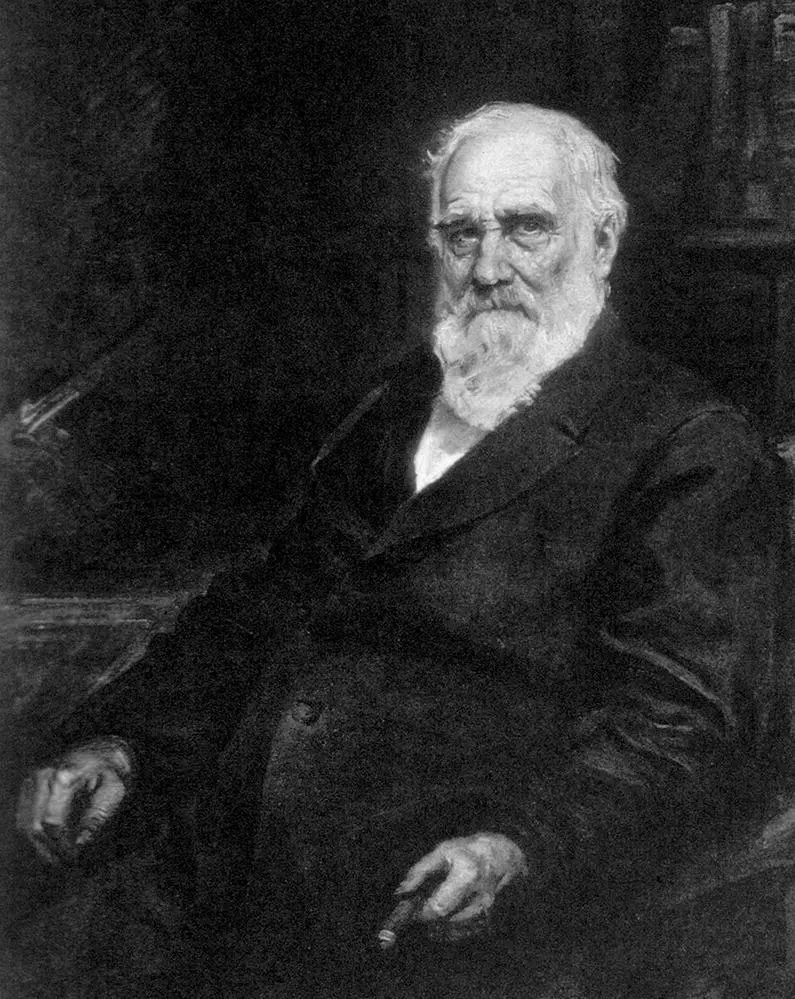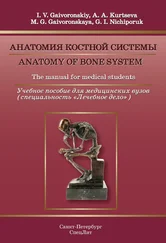1 ...7 8 9 11 12 13 ...19 Around 1900 Pettenkoffer in Germany and Metchinoff in France, with several of their associates, drank tumblerfuls of cultures isolated from fatal cases of cholera. Enormous numbers of cholera vibrios could be recovered from their stools; some of the self‐infected experimenters developed mild diarrhea, but the infection did not result in true cholera. More recently human volunteers were made to ingest billions of dysentery bacilli under conditions assumed to be optimal for the establishment of infection. Enteric capsules full of feces obtained directly from acute cases of bacillary dysentery in man were used as additional experimental refinements to increase the chances of establishing the disease. Yet only a few of the volunteers developed symptoms referable to dysentery and most of them remained unaffected by the experimental infection.

FIGURE 2.4 Max Joseph von Pettenkoffer.
Source : GL Archive / Alamy Stock Photo.
The fact of the matter is that Pasteur and Koch did not deal with natural events, but with experimental artifacts. The experimenter does not reproduce nature in the laboratory. He could not if he tried, for the experiment imposes limiting conditions on nature; its aims are to force nature to give answers to questions devised by man. Every answer of nature is therefore more or less influenced by the kind of questions asked.
The art of the experimenter is to create models in which he can observe some properties and activities of a factor in which he happens to be interested. Koch and Pasteur wanted to show that microorganisms could cause certain manifestations of disease. Their genius was to invent experimental situations that lent themselves to an unequivocal illustration of their hypothesis – situations in which it was sufficient to bring the host and parasite together to reproduce the disease. By trial and error, they selected the species of animals, the dose of the infectious agent, and the route of inoculation, which permitted the infection to evolve without fail into progressive disease. Guinea pigs always develop tuberculosis if tubercle bacilli are injected into them under the proper conditions; introduction of sufficient rabies virus under the dura of dogs always gives rise to paralytic symptoms. Thus, by the skilful selection of experimental systems, Pasteur, Koch, and their followers succeeded in minimising in their tests the influence of factors that might have obscured the activity of the infectious agents they wanted to study. This experimental approach has been extremely effective for the recovery of agents of disease and for the study of some of their properties. But it has led by necessity to the neglect, and indeed has often delayed the recognition, of the many other factors that play a part in the causation of disease under conditions prevailing in the natural world – for example, the physiological status of the infected individual and the impact of the environment in which he lives.
(Dubos 1959)
DO NOT TRY THIS AT HOME!What Dubos has very eloquently illustrated is the difference between the necessaryfactors which need to be present to cause a disease – the bacilli and the host – and the sufficientfactors required to lead to the onset of the disease – such as personal, physiological, nutritional, environmental factors, etc.
Why Have a Control Group?
Why indeed? Have a guess …!
That's right – we need to check that the ‘Fleming Effect’ has not happened. That is, we need to check that any changes we observe after introducing the experimental ‘variable’ are, in fact, due to the experimental variable and not to some outside variable, like, for example, dirt blown in through an open window which might contaminate our results!
Another reason is that the very act of doing research has, itself, an effect on what we are researching. Let me illustrate this.
The ‘Hawthorne Effect’ took its name from a series of studies on workers' productivity between 1922 and 1932 in the Western Electric Factory in Chicago – in the ‘Hawthorne’ works. At this period of time in American history, there was a near obsession with finding ways of making factory production more efficient. ‘Time and motion’ studies were rife. An early pioneer in this was Henry Ford who, in 1913, introduced the ‘assembly line’ in his car factories in which the work – cars being assembled – was brought to the workers in assembly lines rather that the workers having to move from car to car, thus cutting the time it took to complete the assembly of a Model T Ford car from 12 hours to 2.5 hours. As Henry Ford said, ‘Walking is not a paying operation’ (cited in Tuckett 1976). So, the initial experiments in the Hawthorne works were aimed at finding things which improved workers' productivity. A special production room – the bank‐wiring room – was set up so that workers could do their work in ‘laboratory’ conditions. Observers sat in and watched what was going on. The work involved wiring boards of electrical circuits. The finished circuit boards were then placed in a tub. These could be counted as a measure of productivity and workers could be paid according to the numbers of circuit boards they completed.
The first variable to be studied was the lighting – would workers be more productive in higher/lower levels of light? So, the lighting level was increased. And productivity increased. Lighting levels were lowered; productivity increased. Cleaning the workplace, removing obstacles, and changing the working positions all seemed to increase productivity. Shortening the working day increased output. Returning to the original hours increased output. Other variables were experimented with. The results were that changing a variable usually resulted in increases in production – even when the change was back to the original condition! Output seemed to slump when the experiment was ended. Note that there is some controversy about this – no one has been able to identify the original data. Thus, Richard Nisbett has described the Hawthorne effect as ‘a glorified anecdote’. But, if that is what it is, I think it is an illustrative one. However, it is still used in Social Psychology as an example of compliant behaviours during experimental situations. The most controversial of these were the experiments conducted by Milgram where experimental participants were instructed to carry on giving electric shocks to supposed ‘subjects’ in a phoney experiment, even though the gauges showed lethally high levels of electric shocks! And Zimbardo, who set up a mock prison setting then allocated roles of ‘guards’ and ‘prisoners’ to participants – with astounding results! (Read these – you will be shocked [no pun intended] and amazed at what people will do when they think they are taking part in an experiment!)
So, the ‘Hawthorne Effect’ is a term we use to describe a tendency in some people to try to do their best when they are taking part in experiments. It may be that the whole experimental situation, and the attention that they receive from the researchers, results in changes in their behaviour.
I first came across the term in 1971 at a conference in Aberdeen on research into doctor–patient communication. One presenter mentioned in her work that she had taken steps to avoid the ‘Hawthorne Effect’. This stunned everybody there – ‘What's that?’ ‘Have you heard of it?’ Then, after some considerable digging, someone came up with the answer, ‘It's the bank wiring room experiments!’ All of us had read about them in our undergraduate psychology or sociology courses and referred to them as ‘the bank wiring room experiments’. This immediately prompted a tendency for conference participants to refer to spurious jargon terms to try to catch each other out! (I sometimes wonder if we ever grow up!) Of course, in medicine, the ‘Hawthorne Effect’ is known as and is referred to as … that's right, the ‘Placebo Effect’.
Читать дальше













